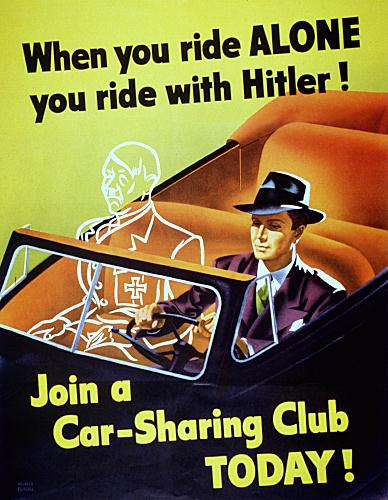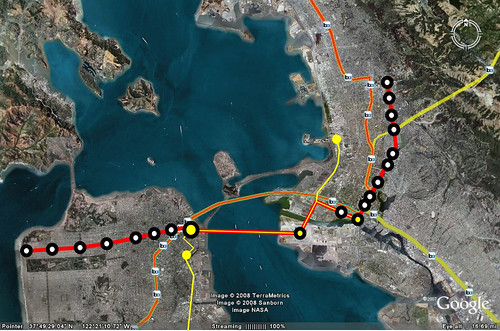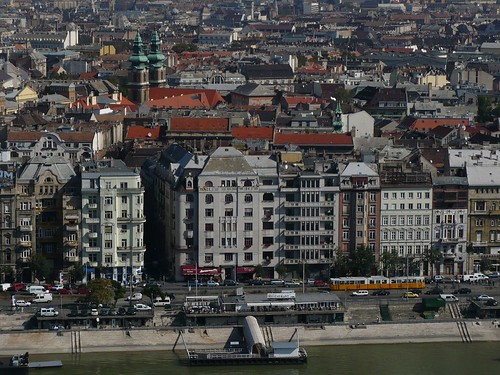On the 17th there was a hearing on the National Surface Transportation Policy
Report. CSPAN has the
unedited video. It's a long video (3 hours), but here are a few highlights I got while listening through it. They aren't direct quotes because the stream can't really be rewound and I haven't seen a transcript, but I typed the ideas I thought were interesting.
Rep. John Mica (R - Florida)
- Hopes that infrastructure is a major part of the stimulus package because the money will stay in the United States -
Unfortunately we know that
won't happen...
Mr. Oberstar (D - Minnesota)
- the administration won't be here when we make decisions on these things anyways -
Mr. Defazio (D - Oregon)
- China and others are making massive investments. Moving towards a third world transportation system - We are investing less than we need to in order to just maintain what we built in the Eisenhower era - I look forward to discussing this issue with a more enlightened administration -
Rep. Duncan (R - Tennessee)
- Streamlining environmental processes are important 7-10 years here is way to slow - Want to reduce the dependence on foreign energy sources - We are spending megabillions in other counties besides our own - We need to start keeping our money here and providing for the American People -
Steve Heminger - MTC
- 120 M more citizens by 2050 - Most of those American's will live in Metropolitan areas
50 areas account for 60% of GDP - 90% of market share for Auto related air pollution, congestion, transit ridership - Over 40,000 people die on highways every year that's a 9-11 every month -
Frank Busalacchi Wisconsin DOT
- Intercity Passenger Rail must be a part of a multi-modal solution. We don't envision rail replacing other modes -
Matt Rose - BNSF
- High Speed Passenger Rail must be in the Next Transportation Bill - must not overburden freight railways and build corridor service -
Frank McArdle - NYC
- 1 Bedroom Apartment in Manhattan for $20,000 dollars - 30 years later $800,000 dollars - People want to be in Manhattan that works well because of its transit system - It creates value -
We now rely on petroleum for 97% of the energy that runs our transportation system -
2/3rds of all petroleum goes to our transportation system -
Pat Quinn - US Express Trucking Company
- Bottlenecks create more goods on the road creating more trucks and more congestion -
There is no alternative today to congestion pricing due to the needs that need to be met - I don't like saying that from my position but it's needed -
Tom Skancky - Transportation Consultant Las Vegas Nevada
- When you add 1 Federal dollar to a project it adds 14 years to the process - NEPA is part of that but not the whole thing -
$1 billion project today costs tax payers $2-3 billion dollars to 2022 because of inflation, bidding etc. - 5 years instead of 14 years per project would save us money -
Paul Weyrich - Chairman and CEO of Free Congress Foundation
- Half of the country does not have any mass transit, and of the cities that have transit, many don't operate a system worthy of getting people out of their automobiles - People do not like to ride buses - Which is why the commission recommended an increasing dependence on electric rail, particularly cities that don't have it now - It is imperative that we offer people a choice - No one wants to put a gun to anyones head and tell them they have to ride transit, we want to have the kinds of systems in place such as in new communities - Transit in the great society aimed at transit dependent. Became thought of as a program for the poor and elderly. Look at Metra in Chicago. Most of the people riding that system are Republicans, most are business people, most come into Chicago with their suits and briefcases-
Mr. Oberstar (D - Minnesota)
-A strong message to congress, do not reauthorize the transportation bill - We need a renewed mission statement for transit -
Mr. Baird (D - Washington)
Q: We need to do dynamic scoring of infrastructure investment that captures the value of investment - The FTA has established a cost effectiveness index, how do you calculate that bump in economic development?
Mr. Oberstar (D - Minnesota)
Why can't the investment consequence be calculated into the cost effectiveness index? These are investments in the community, why can't they be calculated?










